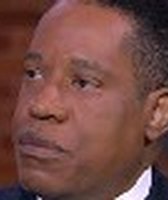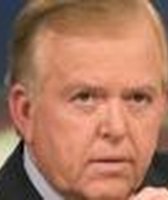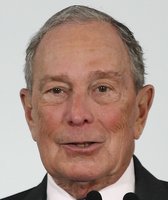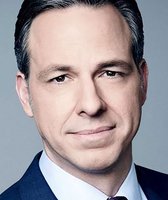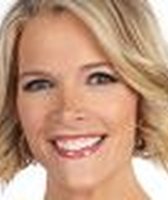Stand up for the facts!
Our only agenda is to publish the truth so you can be an informed participant in democracy.
We need your help.
I would like to contribute
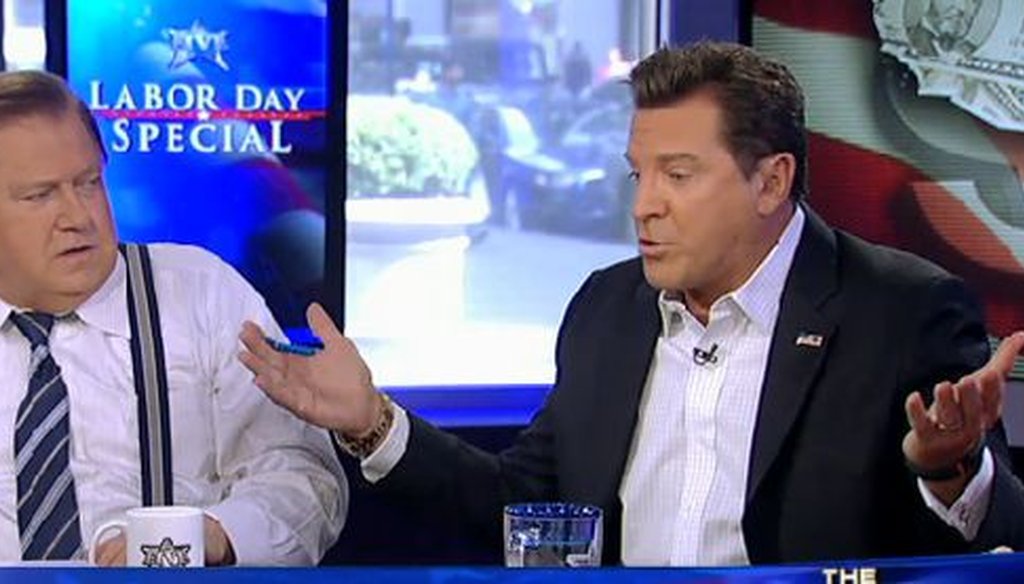
Bob Beckel (left) and Eric Bolling, two panelists on Fox News' "The Five," sparred over taxes recently.
Pundits rarely agree on what tax rates are, let alone what they should be. On a recent edition of The Five on Fox News, co-hosts Eric Bolling and Bob Beckel clashed on the state of the United States’ corporate taxes.
We took a look at both sides of their argument.
What’s in a tax rate
Bolling, responding to Beckel’s assertion that American corporations "pay lower taxes than a lot of European countries do," said that the United States has "the highest corporate tax rate in the free world."
In theory, Bolling is right. Among the Organization for Economic Co-operation and Development, a group that includes most advanced, industrialized nations, the United States has the highest corporate tax rate at 39.1 percent, compared to an OECD average of 24.1.
This is what’s called the statutory tax rate, meaning the base rate applied to corporate profits.
But businesses aren’t actually taxed at the statutory rate. Tax deductions -- on health insurance, pensions, and investment returns, for example -- allow corporations to reduce their pool of taxable profits. So economists often look at what they call the effective tax rate, meaning the amount that corporations pay as a percentage of their total profits.
The effective rate is much harder to calculate, and vary widely between industries. Estimates of the U.S. effective rate range from near-OECD average to second in the OECD, but we couldn’t find any studies that pegged the U.S. rate as first overall.
Bolling should have made it clear he was referring to the statutory rate, not the effective rate, so we rated his claim Mostly True.
Deduction junction
Beckel shot back by claiming that America has "the most number of deductions available to corporations."
Experts told us it’s neither practical nor useful to tally the number of deductions in the tax code, and that they haven’t seen any study that tried.
So what we looked at instead was the size of deductions, instead of their number, by comparing OECD countries’ effective corporate tax rates to their statutory rates. William McBride, chief economist at the Tax Foundation, noted that credits and exemptions also help shape the effective rate, so the simple difference between effective and statutory rates can’t be chalked up to tax deductions alone.
Still, since we figured that Beckel cared more about the difference between effective and statutory rates than about distinguishing between deductions and exemptions, we ran the numbers anyway, using the World Bank’s estimates for countries’ 2014 effective rates and the Tax Foundation’s tabulations of their statutory rates.
Those figures had the U.S. effective rate at 27.9 percent, a 11.2 point drop from its 39.1 percent statutory rate. That difference ranked in the middle of the OECD pack; Belgium had the largest percentage-point drop (from 34 percent to 6.4 percent), and Iceland had the widest ratio between its statutory and effective rates (20 percent versus 3 percent).
Calculating effective rates is tricky, but none of the other effective rate estimates we could find showed the U.S. as having the largest difference between its statutory and effective rates, either. We rated Beckel’s claim False.
Our Sources
See individual fact-checks.























